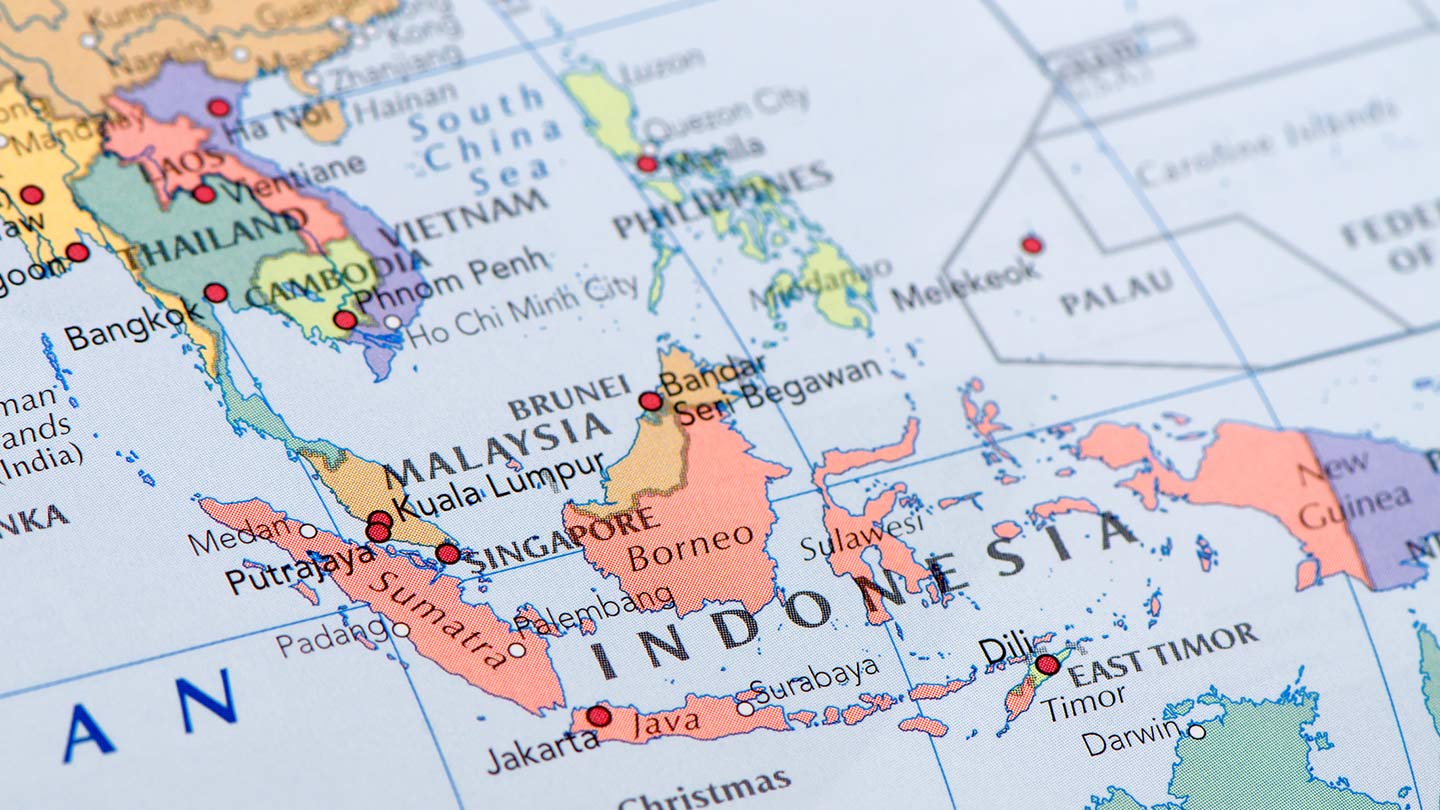Gaming, Industry News & Events
The SE Asian mobile games market…what every game dev looking to localize there should know (Part 1)
Jan 20, 2017

Gaming, Industry News & Events

This is a guest post by Josh Burns, a consultant with extensive experience helping leading mobile gaming companies expand their reach into Asian markets. The post is part our ongoing coverage of international markets.
If you’re a game dev looking to reach new players in APAC, Southeast Asia (SEA) is a good region to look to: the market there is rapidly growing (according to Newzoo, mobile games revenues are growing with a CAGR of +45.3%, 3x more than the global rate) and there’s tremendous appetite for all kinds of games, including Western ones. Indeed, generally speaking, Western games in their original form are much likelier to succeed in SEA than in Japan and Korea, and many experts see SEA as the next China with respect to mobile gaming because the markets in China, Japan, and Korea have reached “red ocean” status — they’re incredibly competitive.
Given how much growth is anticipated (again, according to Newzoo, mobile games revenues are expected to nearly triple by 2019 to $3.9 billion) and how little it takes to localize a game successfully, larger Western devs should consider putting more effort into growing their business in this region.
Here’s what you need to know:
Don’t worry too much about supporting the local languages, at least initially.
If you’re looking to localize your game in SE Asian countries, you need to understand that language support can be a huge challenge because the market is so fragmented. The good news is that it doesn’t necessarily have to be a priority because so many people in SEA are proficient in English; it’s even an official language in Singapore and the Philippines (which makes those two countries great for early soft launches, by the way) and an active second language in Malaysia.
Gabby Dizon, CEO of Altitude Games, thinks that if you’re a mobile game dev looking to reach new users, there’s a distinction to be made between marketing and the game itself. “Your marketing can be very culturalized in SEA,” he recently told me, “but there is no large need to culturalize content inside the game itself. You can launch your game in English and see which countries gain traction and then localize afterwards.”
In my opinion, once you do decide to support the local languages, the essential incremental languages to support are Vietnamese, Thai, and Bahasa Indonesian, assuming you already support English and Chinese (Simplified and Traditional). According to Andy Pichayapa, business development director for Ini3 Digital PLC (a leading mobile game publisher in SEA), in Malaysia, often the best tack for targeting the whole audience is localizing in both English and Chinese (among all the countries in the region, Malaysia has the highest share of Chinese game titles in the Top 10).
Mobile infrastructure varies dramatically from country to country.

Josh Burns
In terms of mobile connectivity, it really is all over the map in SEA, ranging from slow networks in countries like Vietnam and to advanced infrastructure in Singapore. This means that from a tech perspective, devs localizing there should make sure that their games can run on really low-end Android devices (similar to supporting the mass market in China) and that data usage is minimized as much as possible, i.e. small download size and minimal ongoing data needs. In addition to supporting less stable and slower data networks, it’s important to support offline play. Western games often run into issues in this regard because they’re not built for low-end devices and networks. That said, according to Gabby, the highest ARPU games in SEA are RPGs that are similar to PC MMORPGs, which obviously require a powerful and stable connection. But much as networks can be slow, it’s important to think of the region as very much “mobile-first,” which is great for mobile game devs.
Payment models vary from country to country.
Standard F2P monetization models via IAP, as they’re built for the Western audiences, are popular in SEA, and direct-pay games work there, too, but each country has its own payment infrastructure. Purely ad-based games struggle in the SE Asian market though, because from a revenue perspective the market size is low, so CPMs can be on the lower side. The main challenge is that across most of the region, Google Play still doesn’t support many preferred local payment options for games, such as carrier billing and offline payment/pre-paid cards. As Andy shared with me, many young and suburban users do not own credit cards. Some larger local operators in SE Asia may still make nearly 50% of their revenues from third-party payments, and many top-grossing Western developers seem to be sitting back and waiting for Apple and Google to solve the payment issue before investing more effort in the region.
Awareness of these three things (variations in language, infrastructure, and payment models) will give you a good start to understanding the SEA mobile games market — but it’s not everything you need to know. Check out Part Two in this series, in which I cover differences in device usage and spend, the incredibly rapid rate at which markets are growing in SEA, the importance of leveraging local promotion opportunities in order to engage players, and the incredible rise of eSports.